Momijigari: How the Japanese Turned Autumn Maple Admiration into an Art
Categories: Asia | Nature | Positive | World
By Pictolic https://mail.pictolic.com/article/momijigari-how-the-japanese-turned-autumn-maple-admiration-into-an-art.htmlAutumn in Japan is more than just a change of season; it's a cultural phenomenon with a centuries-old history. Momijigari, the tradition of admiring autumn maples, has become an integral part of Japanese culture, just like hanami—cherry blossom viewing—in spring. Every year, millions of Japanese and tourists flock to parks, temples, and mountainous areas to enjoy the incredible spectacle of crimson and gold leaves.
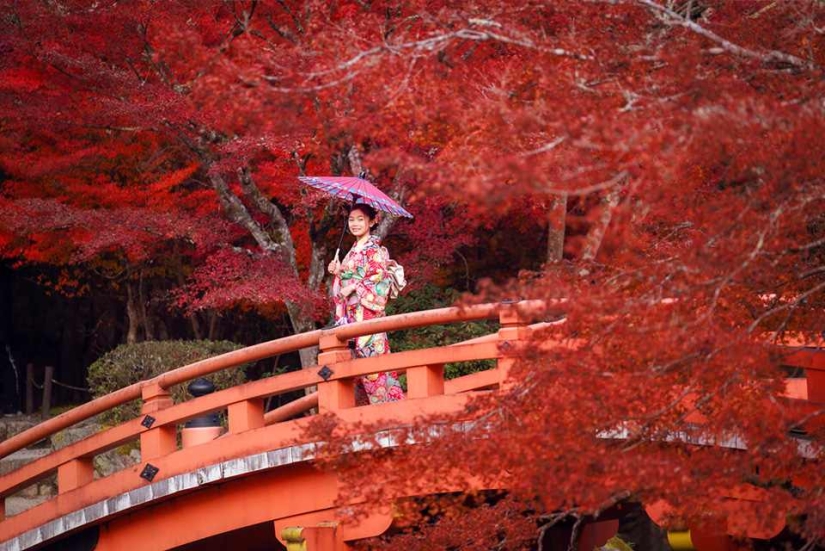
The word "momijigari" is made up of two parts: "momiji" refers to maple leaves or their red color, and "gari" translates as "hunt." Literally, it's "red leaf hunting," though today it's more of a contemplative stroll than an active activity.
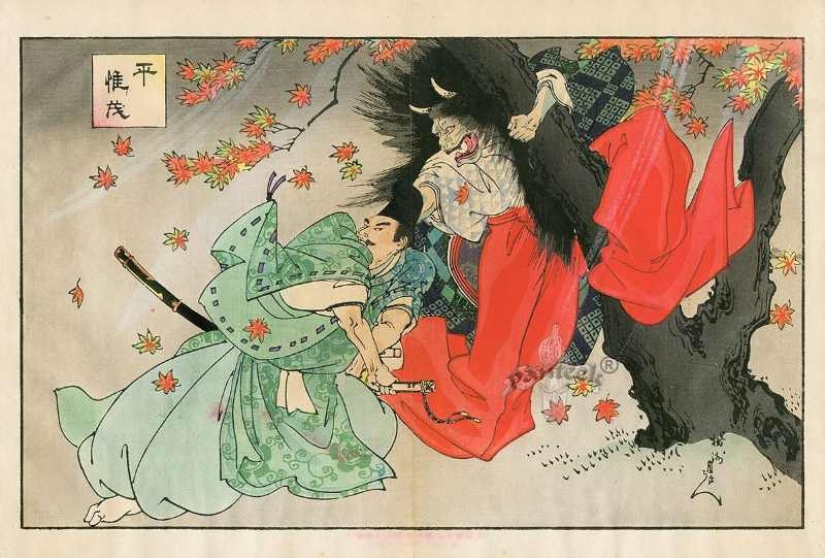
The momijigari tradition originated in the Heian period, approximately the 8th to 12th centuries. Initially, admiring autumn leaves was a pastime for aristocrats and members of the imperial court. Nobles would hold elegant picnics under maple trees, compose waka poems dedicated to the beauty of fading nature, and enjoy sake in the company of like-minded individuals. Over time, this tradition spread to all levels of society and became truly popular.
Momijigari is based on the Japanese philosophical concept of mono no aware—the awareness of the impermanence of all things and the ability to find beauty in the transience of life. Autumn leaves symbolize this principle perfectly: their vibrant beauty lasts only a few weeks before they fall and winter sets in.
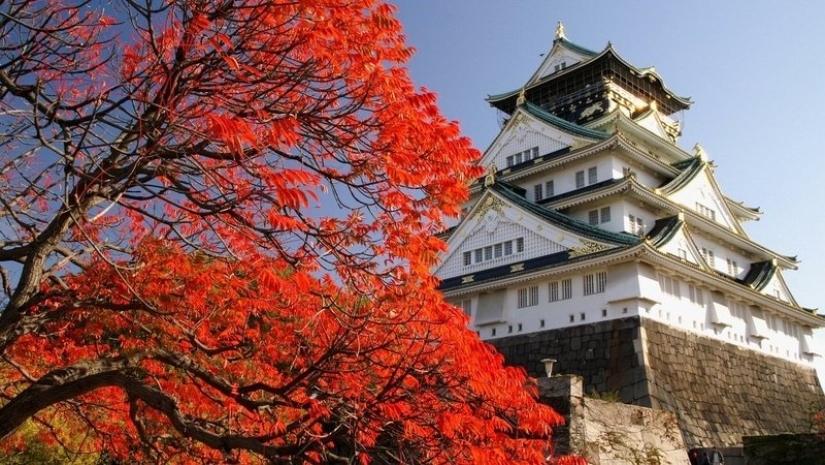
For the Japanese, momijigari is an opportunity to pause, slow down the frantic pace of modern life, and reflect on profound things. Contemplating the changing colors of nature reminds us of the cyclical nature of life, that each season is beautiful in its own way, and that the end of one stage inevitably leads to the beginning of another. This practice teaches us to appreciate the present moment and find harmony with the rhythms of nature.
The autumn color season in Japan begins in September in the northern part of the country, on the island of Hokkaido, and gradually descends south, reaching Kyoto and Tokyo in November and the southern regions only in December. The Japanese call this process "koyo zensen"—the autumn foliage front.
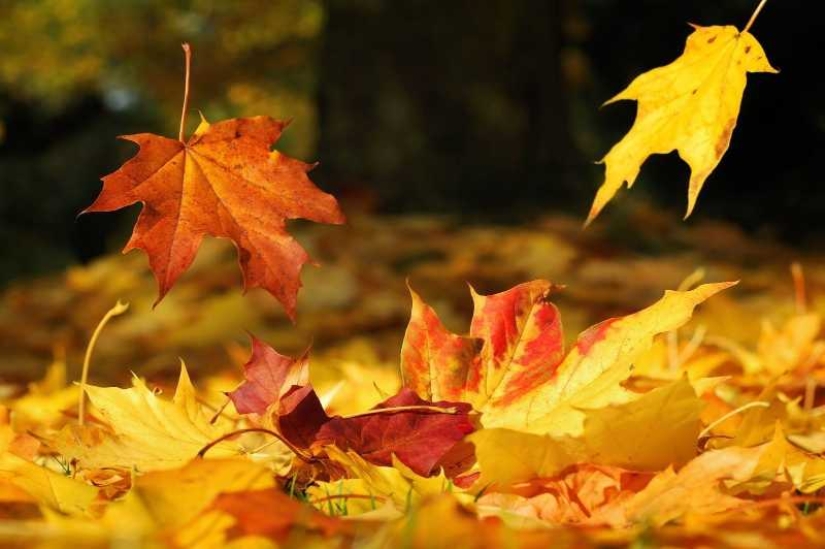
Japan's meteorological services produce detailed momijigari forecasts annually, tracking when the leaves will reach their peak in each region. These autumn color maps are as popular as spring cherry blossom forecasts. Peak momijigari typically lasts one to two weeks in each location, so Japanese people carefully plan their trips to avoid missing this magical time.
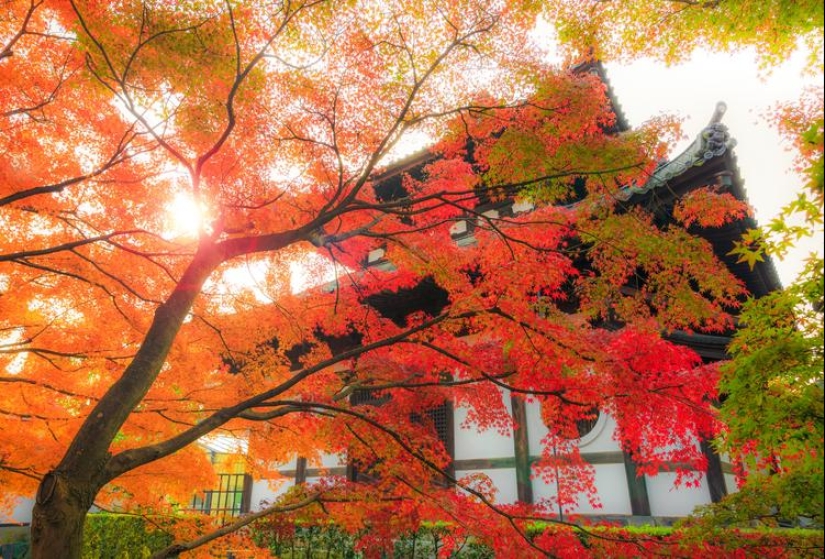
Kyoto is rightfully considered the capital of momijigari. Tofukuji Temple is famous for its Tsutenkyo Bridge, which offers a breathtaking view of a sea of red maples. Equally impressive is Eikando Temple, where some three thousand maples create an incredible palette of shades from yellow to deep burgundy.
In Tokyo, Rikugien Garden has become a popular spot for admiring autumn leaves, where special illuminations turn the maple trees into a fantastical spectacle in the evening. Nikko National Park offers vibrant mountain landscapes against a backdrop of waterfalls and ancient temples. And in Hokkaido, Daisetsuzan National Park offers momijigari in a pristine natural setting, among wild mountains and lakes.
The modern momijigari celebration retains the spirit of the ancient tradition but has taken on new forms. Families and friends head outdoors with picnic baskets filled with traditional autumn dishes: rice with chestnuts, matsutake mushrooms, baked fish, and maple leaf-shaped sweets.
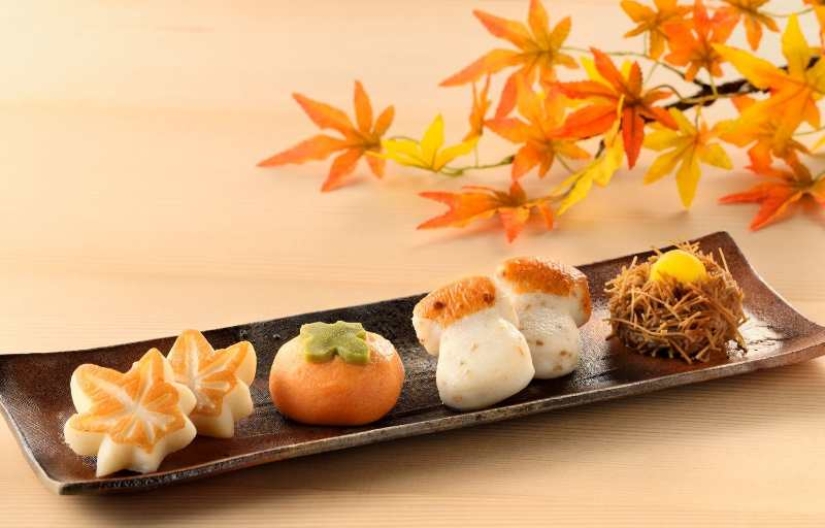
Photography has become an important part of momijigari. Japanese and tourists alike spend hours searching for the perfect angle to capture the beauty of autumn maples. Social media is overflowing with photos tagged with momijigari, and the best locations become incredibly popular, sometimes even overcrowded. Despite this, the atmosphere remains tranquil—the Japanese know how to enjoy nature even in a crowd, maintaining the calm and respect for others that is characteristic of their culture.
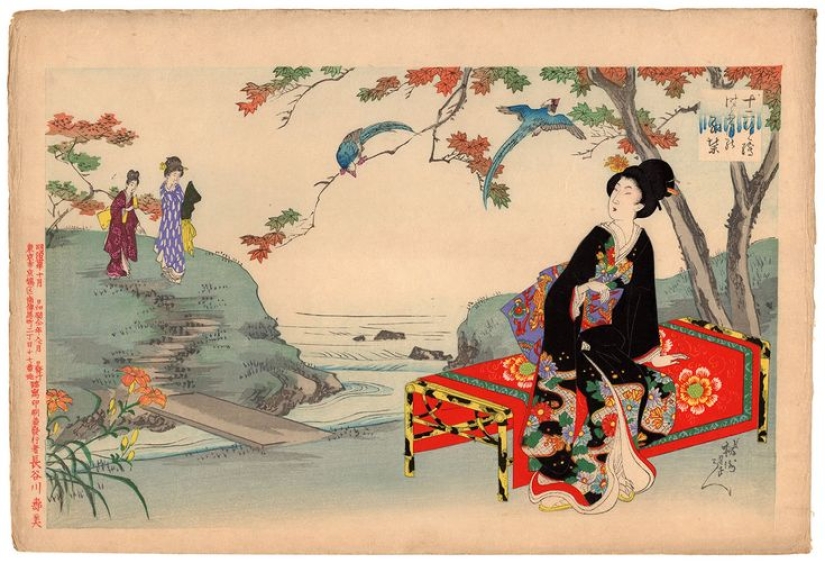
Momijigari has permeated Japanese art and literature. Autumn maples are celebrated in classic haiku poetry, depicted in ukiyo-e (traditional woodblock prints), and adorn kimonos and home decor. Red maple leaves have become one of the main symbols of Japanese autumn, recognizable throughout the world.
In Japanese cuisine, autumn is the season for momiji tempura, when real maple leaves are pickled and fried in batter, turning them into a delicious treat. Confectioners create wagashi—traditional sweets shaped like autumn leaves. Even sake is taking on an autumn theme: producers are releasing special varieties that are best enjoyed during momiji tempura, savoring the harmony of flavor and the surrounding beauty.
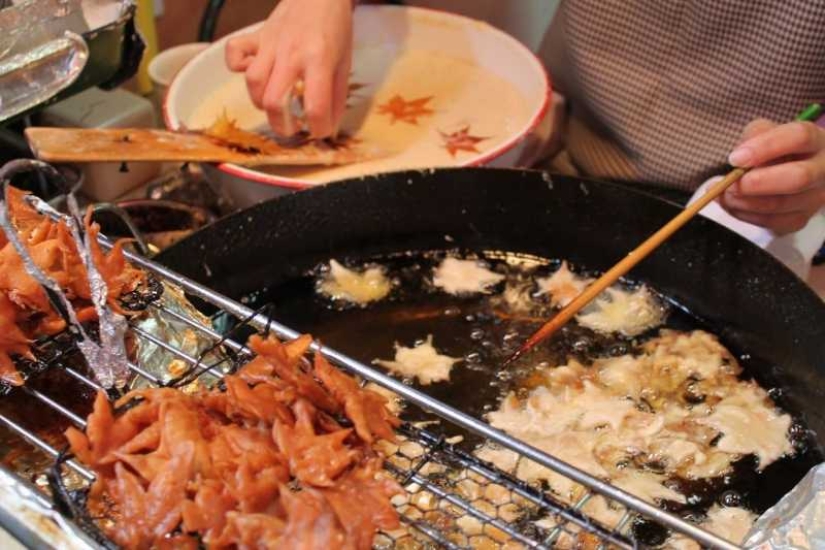
If you're planning to visit Japan in the fall for momijigari, book your accommodations well in advance—it's one of the most popular tourist seasons. Keep an eye on koyo zensen forecasts to ensure you're in the right place at the right time. Keep in mind that weather can make a difference, so allow some flexibility in your plans.
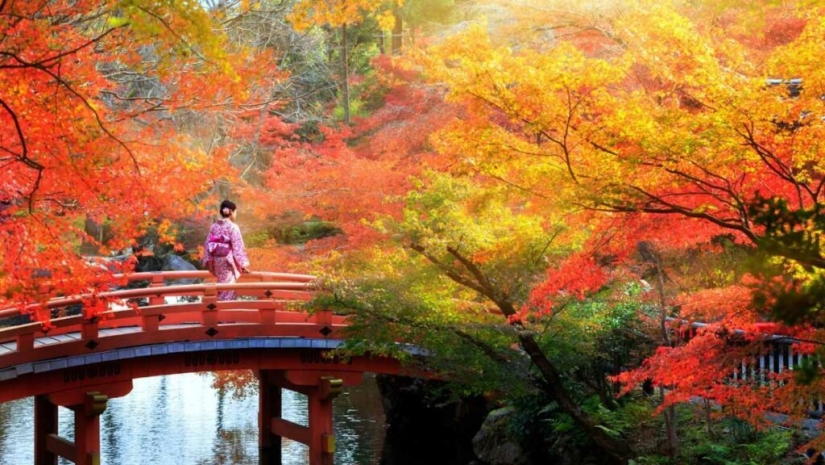
Visit popular spots early in the morning or late in the afternoon to avoid peak crowds and see the maples in a more tranquil setting. Many temples and gardens host special evening illuminations during momijigari—a special spectacle, with illuminated maples creating an almost mystical atmosphere. Don't forget to sample seasonal food and drink—they are an essential part of the autumn experience in Japan.
Momijigari is a chance to slow down and see beauty in the simple. It teaches you to appreciate the moment, as the Japanese have done for centuries. Would you like to participate in momijigari and experience Japanese autumn with your own eyes? Or perhaps you have your own autumn traditions related to observing nature? Share them in the comments!
Recent articles

It is impossible to imagine the New Year without citrus fruits, especially tangerines. And on other days it is difficult to refuse ...

There are special fans of second-hand stores who love to rummage through piles of things in search of “something special.” ...

"Wash your hands before eating!" — a phrase familiar to us since childhood. The parents explained that with the help of this ...